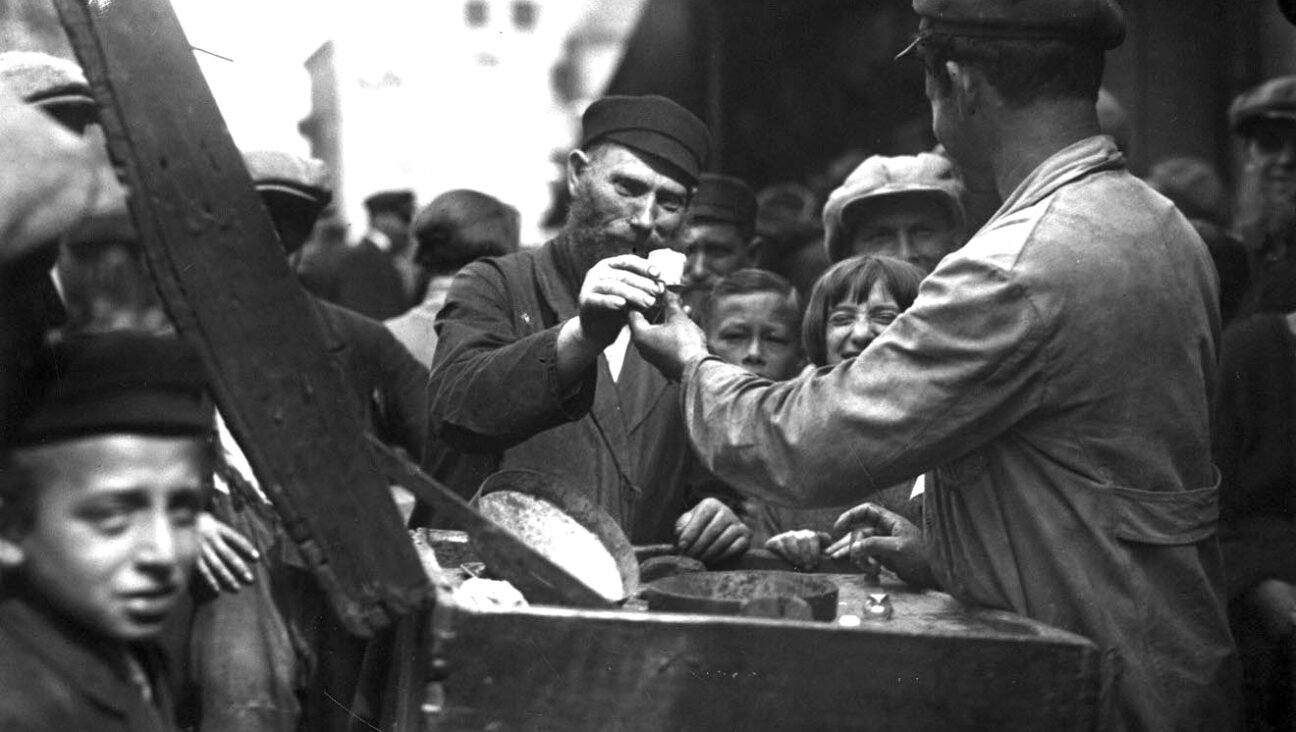A Forgotten Conductor’s Triumphant Return
Sometimes, historic recordings are more than just opportunities to hear great forgotten performances. The just completed 43-volume “Karel Ancerl Gold Edition” of CDs from Supraphon (www.supraphon.com; distributed in the United States by www.qualiton.com) conducted by the Czech maestro Karel Ancerl is a case in point. The new DVD — “Who Is Karel Ancerl?” — also from Supraphon, further establishes this musician’s life and work as proof that whatever Theodor Adorno claimed, art and artistry can indeed exist after Auschwitz.
Born in the tiny South Bohemian village of Tucapy in 1908, Ancerl studied under such noted conductors as Hermann Scherchen and Václav Talich, and made an early career as maestro of Prague’s left-wing Liberated Theatre, co-founded by the actor George (born Jirí) Voskovec, who later starred in such American films as Sidney Lumet’s “12 Angry Men.” Never an angry man himself, Ancerl was all too sweet natured and optimistic, remaining in his homeland even after Nazi Germany annexed it in 1938, which was soon followed by a decree forbidding Jews to work. In 1942, Ancerl and his wife, along with his parents, were hustled off to the Theresienstadt concentration camp.
Three months later, Ancerl’s son Jan was born. Working as a manual laborer, Ancerl formed an impromptu string orchestra that premiered such works as the plangent “Study for String Orchestra” by another ill-fated camp inmate, Brno-born Jewish composer Pavel Haas. Ancerl was filmed conducting the piece in the 1944 German documentary “Theresienstadt” or “The Fuehrer Gives the Jews a City,” which the authoritative film Web site www.filmportal.de has called “one of the most cynical and despicable Nazi propaganda films.” After two such concerts, Ancerl, his family and all the string orchestra players were shipped off to Auschwitz, where Ancerl’s entire family was murdered. In a late-1960s interview filmed as part of “Who Is Karel Ancerl?” the conductor does not enumerate his losses; but instead explains quietly that conducting, even in the manipulated context of a staged propaganda film, “helped me to keep living.” Ancerl added, “Even though I came to know the abysmal depths of what one human being can do to another, I didn’t lose my faith in humanity, and then after the war, I returned [to conducting] with full verve.”
Looking at this whippet-thin, unassuming gray-haired man, we wonder at his amazing resiliency. He seems to be in constant motion, avidly smoking cigarettes although permanently a bit short of breath. The performances on the Supraphon DVD and 43 CD-set prove that Ancerl could express joy and beauty in music. The DVD features a broadcast performance of Smetana’s “Má Vlast” (“My Fatherland”), with its heartbreakingly beautiful second movement, “Vltava” (“The Moldau”), an evocation of a river that became the basis for the Israeli national anthem, “Hatikvah.” Ancerl conducts this old warhorse in a brisk, fresh, athletic way, making familiar music new again. The Supraphon series has many such highlights, including a meditative, philosophical rendition of Beethoven’s “Fourth Piano Concerto” with Czech pianist-composer Josef Pálenícek (vol. 25) as a soloist. The highly poetic horn player Miroslav Štefek is accompanied by Ancerl in a witty, warmhearted Mozart “Horn Concerto No. 3” (vol. 38). The great violinist Josef Suk is resplendent in a noble Brahms “Double Concerto,” partnered by French cellist André Navarra (vol. 31), who plays a deeply spiritual Bloch “Schelomo: Hebrew Rhapsody” and Schumann’s Cello Concerto on another volume of the Gold Edition (vol. 27).
Not only did Ancerl create many such splendid recordings after his wartime experiences, but he also did not even lose his sense of humor. He recounts on the Supraphon documentary how in 1950 he won the much-coveted postwar position of music director of the Czech Philharmonic — even though he did not enjoy official favor — because the famed Soviet violinist David Oistrakh recommended him for the job at a state dinner “to which I naturally was not invited.” At first forced to perform communist claptrap like “In the Soviet Country” and “Build Up Your Country To Reinforce the Peace” — both recorded in 1951 and marring the otherwise fascinating final volume of the Gold Edition — Ancerl quickly made his own demanding artistic standards dominate, which is one reason that his CDs of composers like Dvorák, Mahler, Stravinsky and Prokofiev are all must-hear material.
Even when impelled to relocate to Canada after the Soviets’ 1968 invasion of his homeland, Ancerl showed continued resilience, as proved by another compelling DVD from Video Artists International (www.vaimusic.com) showing him rehearsing the Toronto Symphony, of which he became music director, for a 1969 filmed performance of “The Moldau.” Even though visibly aging, he is no less artistically punctilious with the unidiomatic Canadians and finds time for a mood-lightening joke about a peasant’s dance in the score, which he explains is often “played too slow because there is a feeling that Czech peeee-sants are all fat with swollen feet, but it’s not true.”
Benjamin Ivry is the author of biographies of Maurice Ravel, Francis Poulenc and Arthur Rimbaud.

















